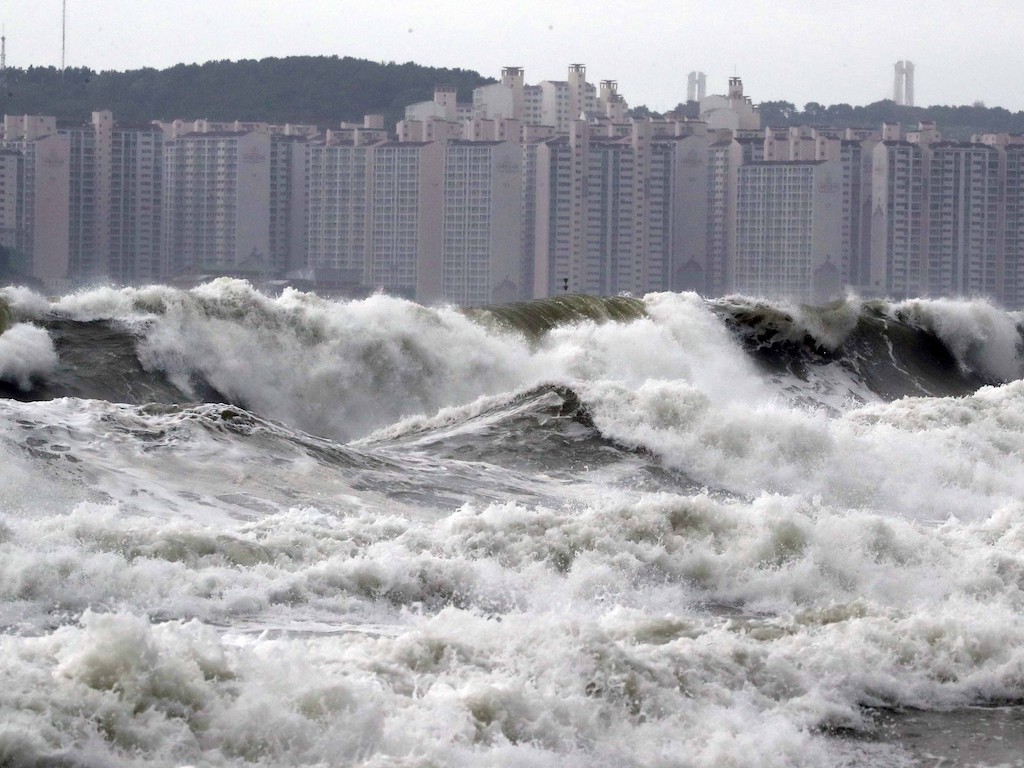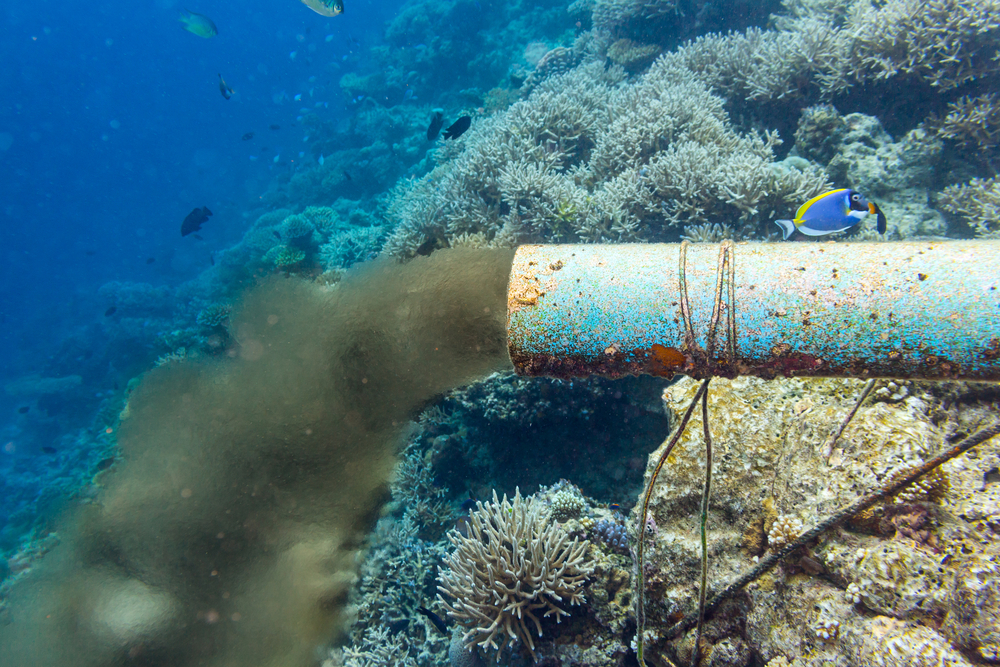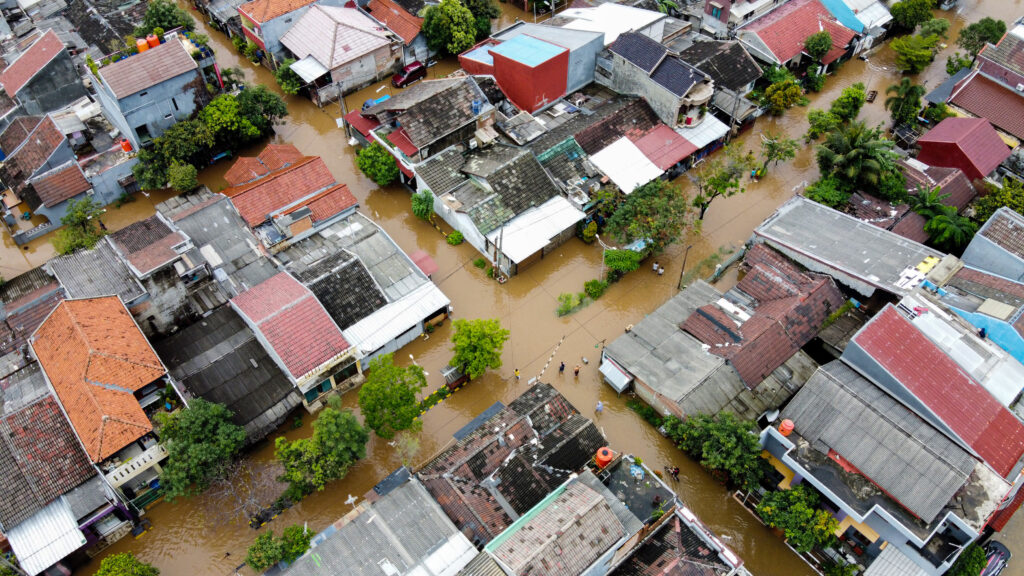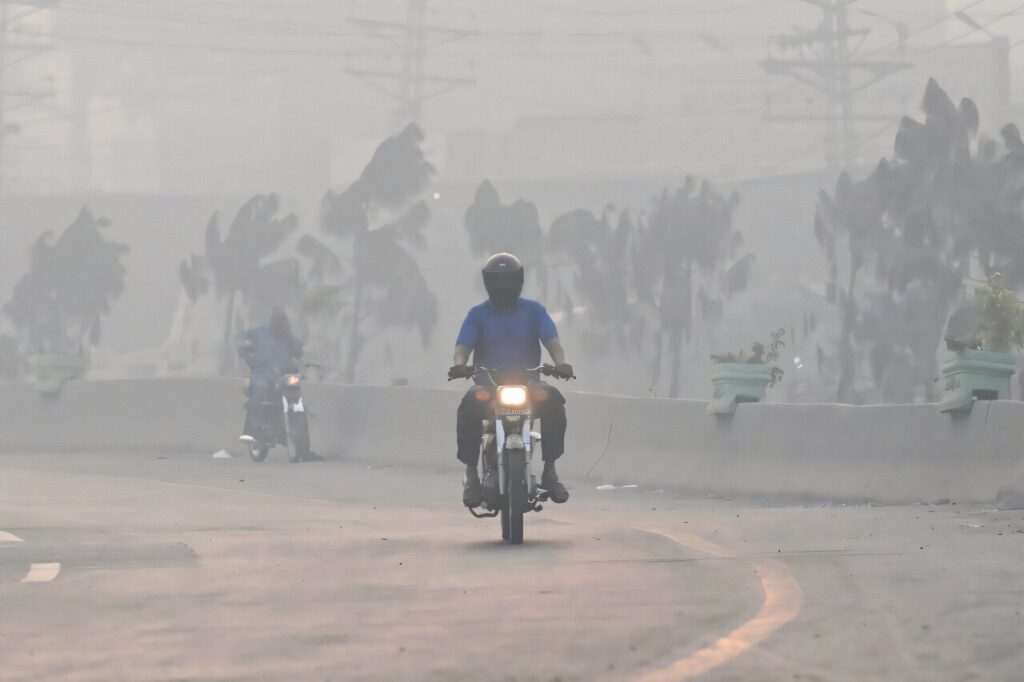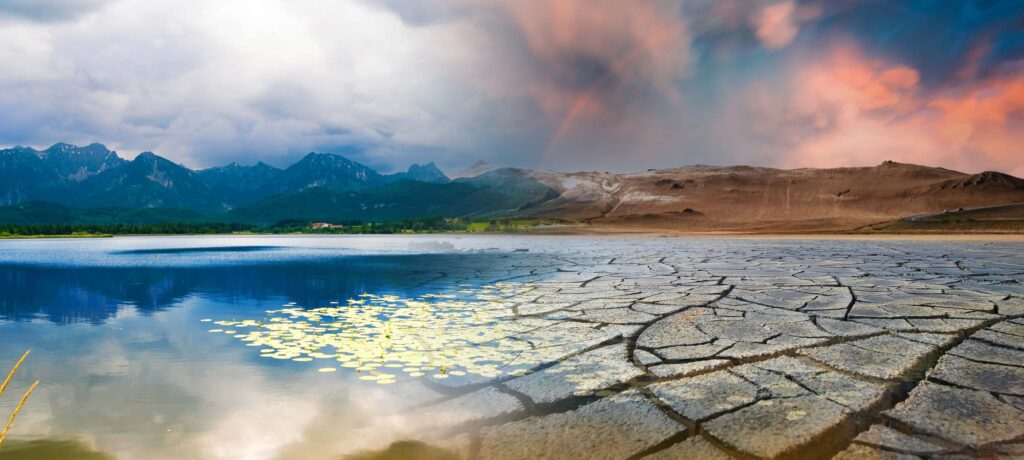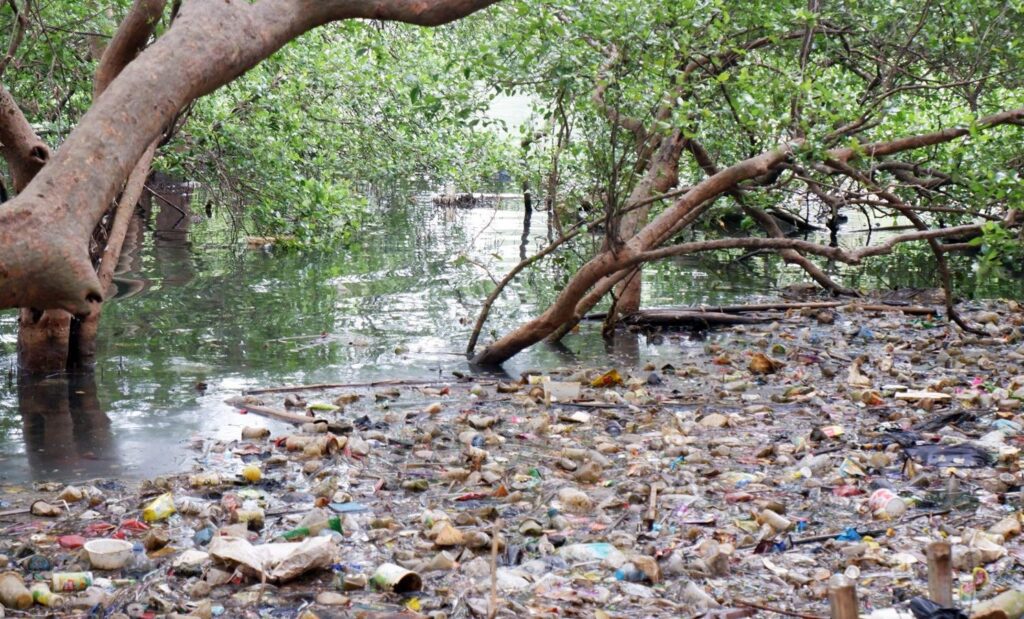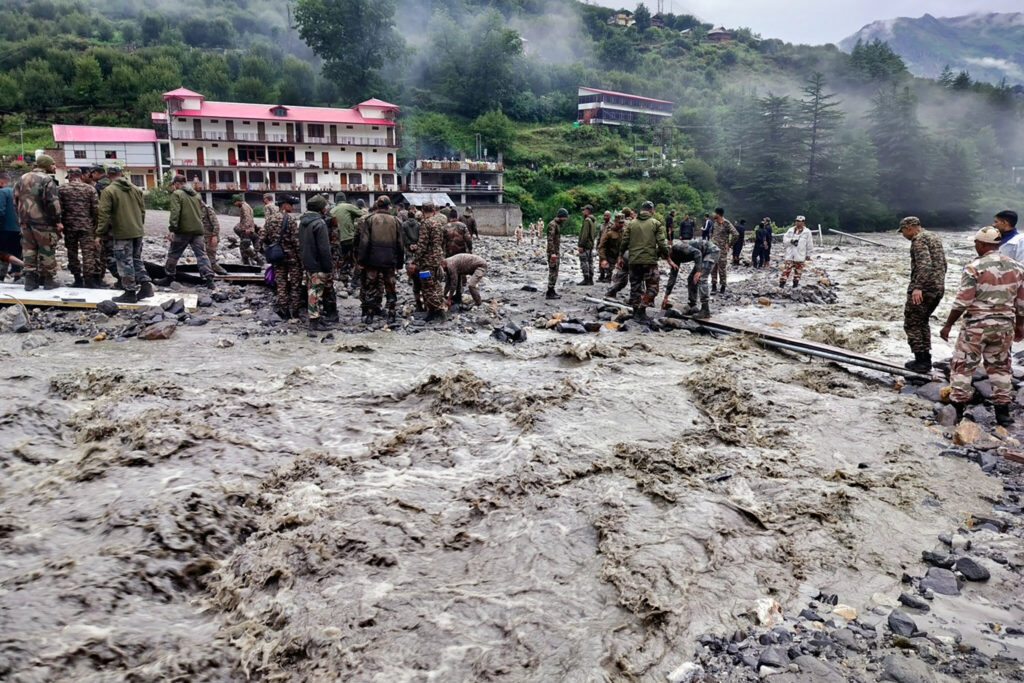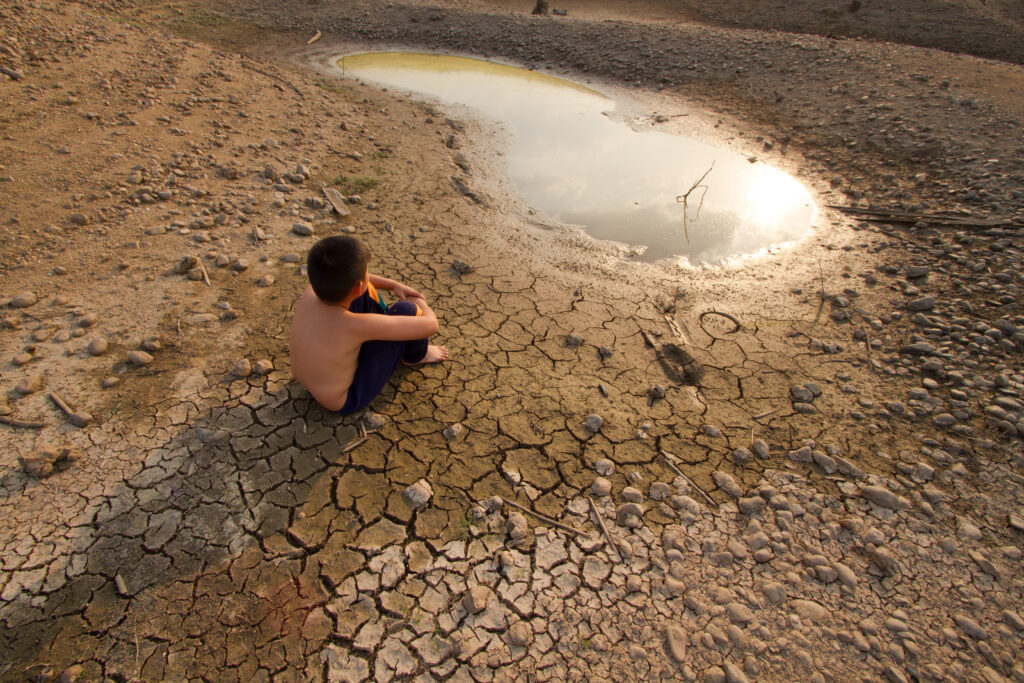Climate change is a global issue that is bad for the environment and people. Leading international organisations and governments acknowledge its risks, warning that changing climate will disrupt natural, economic and social systems globally.
“The world is reaching the tipping point beyond which climate change may become irreversible. If this happens, we risk denying present and future generations the right to a healthy and sustainable planet – the whole of humanity stands to lose,” says Kofi Annan, former secretary-general of the United Nations.
Even 1oC in warming regarding the global average temperature will cost the world 12% of its GDP. This will disproportionately affect poor communities and developing nations, with estimates predicting climate change could push an additional 132 million people into poverty by 2030.
Causes of Climate Change
Global climate change is a complex issue resulting from many different processes. However, human activities have the most impact.
Burning fossil fuels is the leading driver and has significantly increased the concentration of greenhouse gases (GHGs) and carbon pollution in the atmosphere. According to the National Aeronautics and Space Administration (NASA), carbon dioxide levels have increased by 50% in less than 200 years. This increase in GHGs perpetuates the greenhouse effect, which traps heat in the atmosphere and raises global temperatures.

Additionally, industrial processes release other potent greenhouse gases that are often much more harmful than carbon dioxide. For example, agriculture accounts for 74% of global nitrous oxide emissions, which has a global warming potential over 270 times higher than carbon emissions. Furthermore, deforestation and urbanisation destroy natural ecosystems that act as carbon sinks to absorb carbon dioxide from the atmosphere.
The Environmental Effects of Global Warming
The immediate and long-term environmental effects of climate change are profound. Rising temperatures and heat waves have led to melting glaciers and polar ice caps, causing sea levels to rise. This perpetuates negative feedback loops like ice-albedo feedback, further increasing melting. Global sea levels are rising at an average rate of 1.7 mm per year for a total of 21 cm from 1990-2020. However, this rate is increasing. Over the last two decades, it has been closer to 3.3 mm per year.

Additionally, changing weather and precipitation patterns have resulted in more frequent and intense droughts, floods and storms. For instance, the 2020 Australian bushfires, exacerbated by prolonged drought and extreme heat, burned over 20,000 square km and displaced thousands of people. Extreme weather events have become more common, causing widespread destruction and loss of life.
Impacts of Climate Change on People
1. Reduced Global Food Security
Climate change significantly affects agriculture and food production. Altered weather patterns, such as changes in rainfall and temperature, disrupt crop cycles and reduce yields. Estimates show that the yield of crucial crops, like maize and wheat, will experience declines – 24% for maize and 17% for wheat – as early as 2030 if current trends continue. Regions like sub-Saharan Africa, South Asia and Southeast Asia are particularly vulnerable due to their high reliance on subsistence farming and the disproportionately poor state of farming communities.
2. Damage to Infrastructure and Jobs
Extreme weather events and sea level rise pose a significant threat to infrastructure, and the impacts are already being felt. Climate change-related disasters already cost the world over USD 730 billion in infrastructure damage annually, and this number is expected to rise in the coming decades. These events also lead to job losses in affected industries, exacerbating economic inequality.
3. Harm to Human Health and Well-being
Climate change impacts human health in numerous ways. Heatwaves, for example, have become more frequent and severe, leading to heat-related illnesses and deaths. The WHO projects that between 2030 and 2050, climate change will cause an additional 250,000 deaths per year due to malnutrition, malaria, diarrhoea and heat stress. Respiratory issues and the spread of diseases like dengue fever and Lyme disease are also linked to climate change.
4. Worsening Inequality
Climate change disproportionately affects vulnerable populations, including low-income communities, Indigenous peoples and those in developing countries. These groups often lack the resources to adapt to changing conditions, resulting in increased inequality. The UN Development Programme (UNDP) highlights that women and children are particularly at risk, facing higher health and safety threats from climate change.
5. Displacement of People due to Sea Level Rise and Extreme Weather Events
Rising sea levels and extreme weather events force people to leave their homes, leading to displacement and migration. The Internal Displacement Monitoring Centre (IDMC) reported that in 2020 alone, 30.7 million people were displaced by climate-related disasters. This displacement not only disrupts lives but also puts additional strain on host communities and resources.
Mitigation and Adaptation for Reducing Carbon Dioxide and Greenhouse Gas Emissions
Combatting the negative impacts of climate change and fighting against the climate crisis require both mitigation and adaptation. Mitigation primarily involves reducing the drivers of climate change, like greenhouse gas emissions from fossil fuels. Strategies like adopting renewable energy, improving energy efficiency and implementing sustainable agricultural practices are all impactful options. For example, countries like Denmark have significantly reduced their carbon footprint by investing in wind energy.
Alternatively, adaptation strategies focus on adjusting to the impacts of climate change. This includes building resilient infrastructure, improving water management and developing early warning systems for extreme weather events. Adaptation is critical in helping global communities adapt to climate change and reduce its impact on society.
The impacts of climate change are far-reaching and demand immediate action. While the world has passed the point of quickly reversing climate change, there is still the opportunity to slow its progress with a future reversal and to adapt to the unavoidable impacts. Combining mitigation and adaptation efforts is a cornerstone of this process. Now is the time for decision-makers, policy-makers and individuals to collaborate and take action against climate change.
Eric Koons
Writer, United States
Eric is a passionate environmental advocate that believes renewable energy is a key piece in meeting the world’s growing energy demands. He received an environmental science degree from the University of California and has worked to promote environmentally and socially sustainable practices since. Eric has worked with leading environmental organisations, such as World Resources Institute and Hitachi ABB Power Grids.
Eric is a passionate environmental advocate that believes renewable energy is a key piece in meeting the world’s growing energy demands. He received an environmental science degree from the University of California and has worked to promote environmentally and socially sustainable practices since. Eric has worked with leading environmental organisations, such as World Resources Institute and Hitachi ABB Power Grids.

